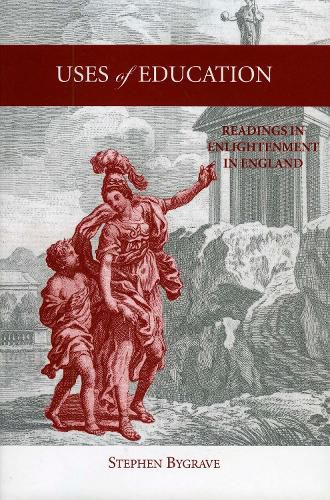Readings Newsletter
Become a Readings Member to make your shopping experience even easier.
Sign in or sign up for free!
You’re not far away from qualifying for FREE standard shipping within Australia
You’ve qualified for FREE standard shipping within Australia
The cart is loading…






This ambitious book takes education as a paradigm for eighteenth-century thinking, especially Enlightenment. That egalitarian project required limits on those who could profit. Hundreds of English educational treatises between 1762 and 1800 demonstrate that education emerged as the concern of a modern public then. The book engages on philosophical and historical fronts in an informed, competent, and readable manner. Although not a history of education in the eighteenth century, it reads symptomatic texts from successive periods: from Adam Smith’s response to Mandeville, through the legacies of Chesterfield and Sheridan, to the 1790s. This is coupled with addresses to three crucial topics: the problem of the poor, upper-class education, and ‘politeness’; the resort to ancient Sparta; and how and why women should be educated in the nation. These topics raise the questions What is education for? What kind of education is desirable? How much education is enough? Whom does education exclude?
$9.00 standard shipping within Australia
FREE standard shipping within Australia for orders over $100.00
Express & International shipping calculated at checkout
This ambitious book takes education as a paradigm for eighteenth-century thinking, especially Enlightenment. That egalitarian project required limits on those who could profit. Hundreds of English educational treatises between 1762 and 1800 demonstrate that education emerged as the concern of a modern public then. The book engages on philosophical and historical fronts in an informed, competent, and readable manner. Although not a history of education in the eighteenth century, it reads symptomatic texts from successive periods: from Adam Smith’s response to Mandeville, through the legacies of Chesterfield and Sheridan, to the 1790s. This is coupled with addresses to three crucial topics: the problem of the poor, upper-class education, and ‘politeness’; the resort to ancient Sparta; and how and why women should be educated in the nation. These topics raise the questions What is education for? What kind of education is desirable? How much education is enough? Whom does education exclude?